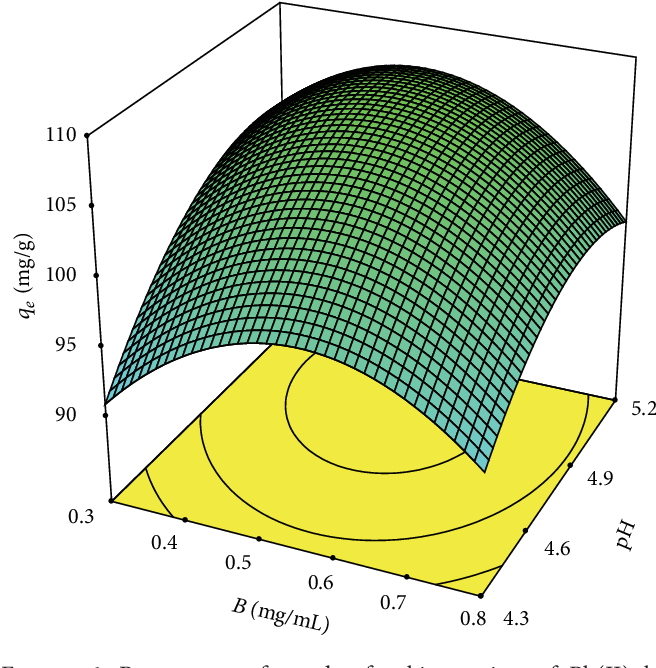
Experiments confirm the existence of such a temperature, called absolute zero. The definition of temperature in terms of molecular motion suggests that there should be a lowest possible temperature, where the average kinetic energy of molecules is zero (or the minimum allowed by quantum mechanics). Thus, a temperature difference of one degree on the Celsius scale is 1.8 times as large as a difference of one degree on the Fahrenheit scale, or Δ T F = 9 5 Δ T C. You can see that 100 Celsius degrees span the same range as 180 Fahrenheit degrees. Its unit is the degree Fahrenheit ( ° F ° F). The Fahrenheit scale (still the most frequently used for common purposes in the United States) has the freezing point of water at 32 ° F 32 ° F and the boiling point at 212 ° F. The unit of temperature on this scale is the degree Celsius ( ° C ) ( ° C ). On the Celsius scale, the freezing point of water is 0 ° C 0 ° C and the boiling point is 100 ° C. The freezing and boiling temperatures of water at standard atmospheric pressure are commonly used.

Temperature scales are created by identifying two reproducible temperatures. The three most common temperature scales are Fahrenheit, Celsius, and Kelvin. Thermometers measure temperature according to well-defined scales of measurement. (credit b: modification of work by Tess Watson credit c: modification of work by Lamel J. Such thermometers are more accurate than the alcohol thermometers placed under the tongue or in the armpit.

Infrared thermometers are also frequently used to measure body temperature by gently placing them in the ear canal. The pyrometer measures infrared radiation (whose emission varies with temperature) from the vent and quickly produces a temperature readout. (c) A firefighter uses a pyrometer to check the temperature of an aircraft carrier’s ventilation system.

When the temperature reaches above 96.8 ° F 96.8 ° F, the second liquid crystal square also changes color, and so forth. When the plastic thermometer is exposed to a temperature of 95 ° F 95 ° F, the first liquid crystal square changes color. Below 95 ° F 95 ° F, all six squares are black. (b) Each of the six squares on this plastic (liquid crystal) thermometer contains a film of a different heat-sensitive liquid crystal material. When the thermometer’s temperature increases, the liquid from the bulb is forced into the narrow tube, producing a large change in the length of the column for a small change in temperature. (a) In this common type of thermometer, the alcohol, containing a red dye, expands more rapidly than the glass encasing it. Figure 1.3 Because many physical properties depend on temperature, the variety of thermometers is remarkable.


 0 kommentar(er)
0 kommentar(er)
